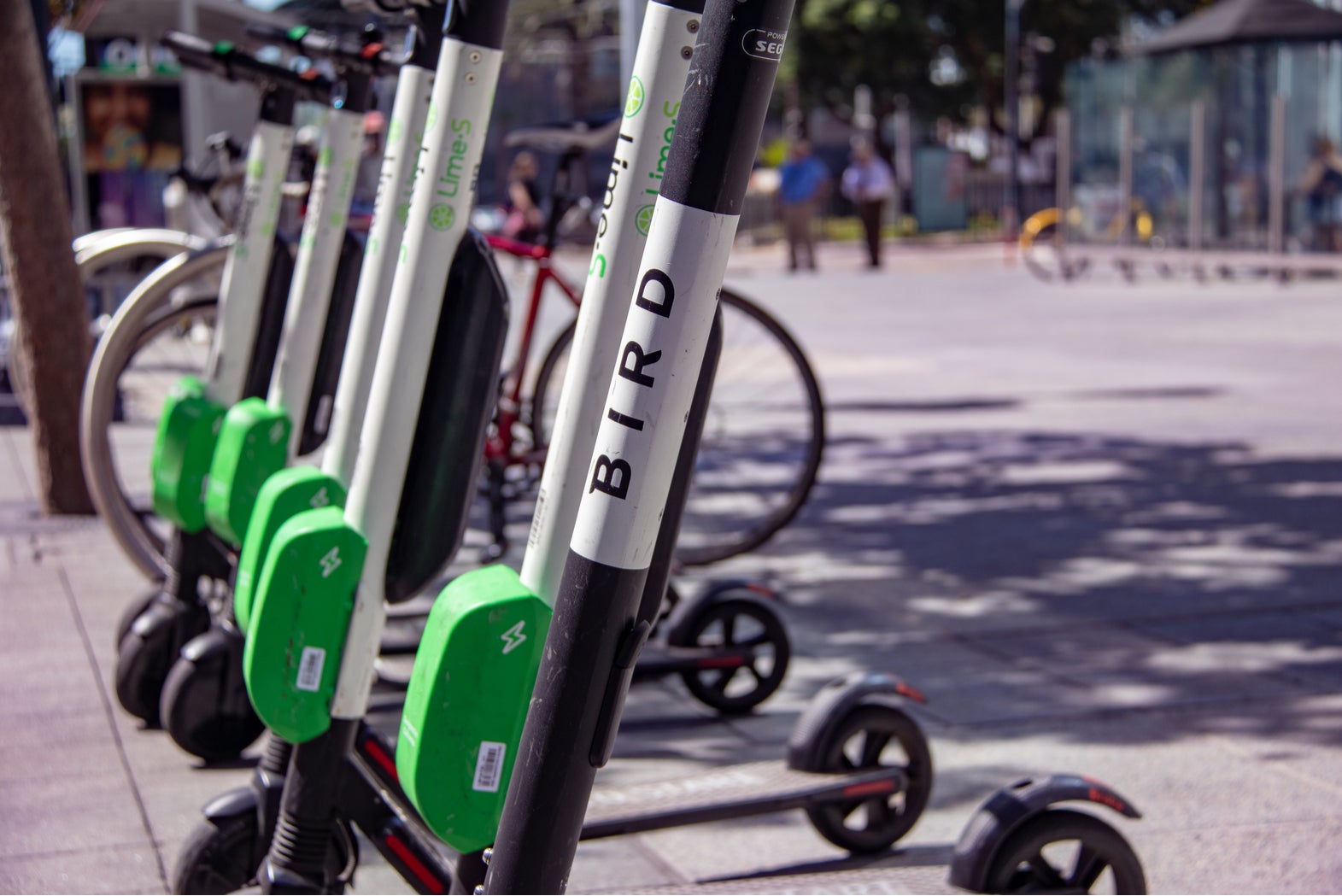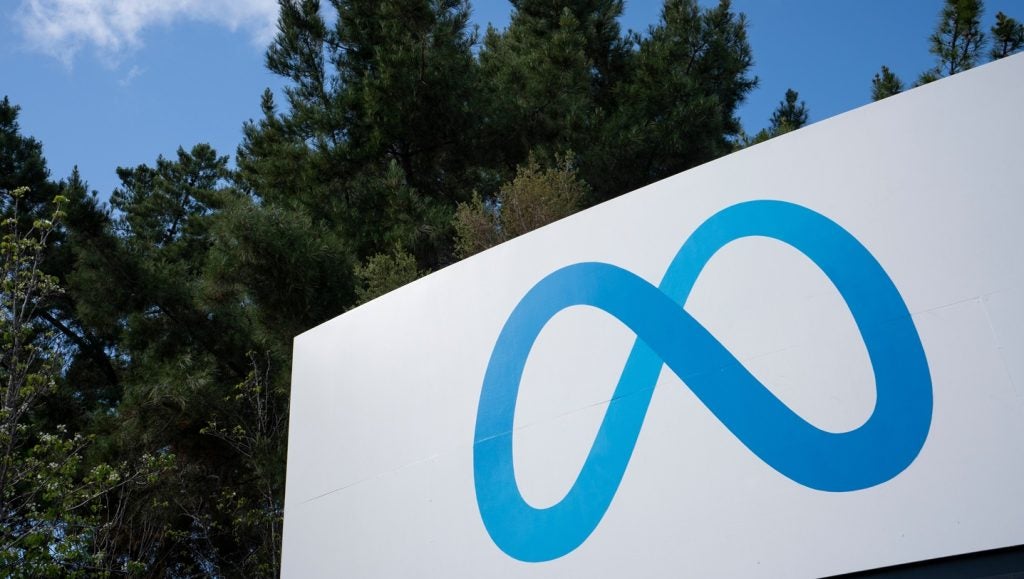
E-scooters will soon become a familiar sight in cities across Europe. Germany has become the latest country to give e-scooters the go-ahead and it won’t be the last. Recent investment figures have painted a positive picture of the market’s growth, but the patent data behind it has shown that even the biggest players appear to be missing a trick on the road towards market domination.
The ‘micromobility’ sector sprouted and multiplied tenfold almost overnight. However, its stellar rise began in earnest between 2014 to 2016. Shortly after, in 2017 and 2018, two of the world’s biggest e-scooter brands — US-based Lime and Bird — launched with an impressive funding pot of $765m and $415m respectively behind them.
Keen to get a slice of the pie, several European brands entered the market at once and while they were quick to secure funding, the figures raised pale in comparison to their US counterparts. For example, Stockholm-based Voi secured by far the biggest amount with ‘only’ $82m.
Despite this flurry of activity, the road to e-scooter success has been paved with numerous challenges.
For starters, e-scooters are still not legal in key European markets – notably the Netherlands and the UK – but that hasn’t stopped brands focusing on hitting their target cities fast. This industry-wide approach has potentially come at the expense of brands building and protecting their core intellectual property (IP).
IP is important for two key reasons. Firstly, it protects aspects of each e-scooter product that the company believes is distinctive to their brand. Secondly, IP adds to a brand’s future commercial value as founders can commercialise assets via licensing agreements or demand a higher sale price on exit.
Reliance on hardware manufacturers
E-scooter frame components, handle shapes, and even horn sounds, can all be protected by different forms of IP, thus allowing companies to really set their innovations apart from the rest while giving the wider business an inherent ‘value’. But in light of the mammoth-sized funding rounds, it is surprising to see that, so far, brands have since failed to build up their market defence using IP.
In fact, there are very few published patents in this space in the names of market leaders like Bird, Uber and Lime.
There are a number of ways that this can be interpreted. First, it could mean that the market leaders have not been focusing on patent protection and have been looking to build market dominance based on other factors such as numbers of users. If this is indeed the case, it seems that the market leaders are missing a crucial trick by failing to factor patent applications into their longer-term strategy for global dominance.
Alternatively, because patents are not published for 18 months, it could mean that patent applications have been filed more recently but have just not been published as yet because the industry is so young.
Globally, the number of applications filed and published on e-scooter hardware is not as high as one might expect for a fast-growth market. Perhaps surprisingly, it is China that leads the way in terms of numbers of patent applications filed, but then many of those patent applications have only been filed locally. To date, a dominant patent filer has yet to emerge on the European and US scenes.
This owes largely to the fact that the vast majority of scooters are manufactured by only a handful of suppliers in China. As a result, the main hardware across brands look and feel very similar, which makes it tricky for them to truly differentiate themselves from the competition.
This might be set to change soon, however. Voi recently announced their decision to take the designing and engineering process of their latest e-scooter range in-house, using customer data to shape the new models. This pivot most likely comes as a bid to move away from an over-reliance on Chinese manufacturers and will likely lead to patent applications that may well come to light and be published in the forthcoming months.
E-scooters: an emerging market
As is typical in fast growth markets, the funding, growth and consumer adoption of the technology can often race ahead of published IP. One would hope that the investors pouring money into the e-scooter firms are considering the defencibility of their investments and including due diligence on IP strategy as part of their valuation exercises.
No doubt the lid will lift on the IP strategy of the big players (assuming they have one) as patents become public knowledge. The next 12 months or so will certainly be interesting and I, along with many a deep-pocketed global investor will be watching the market closely.
Read more: How regulation can enable the shared mobility revolution







